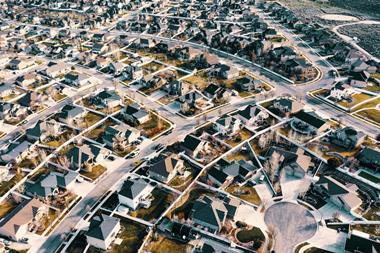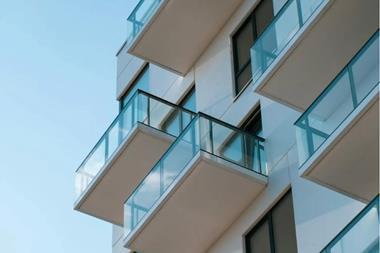Central London’s office market recorded a drastic fall in overseas investment during the first five months 2020, due mainly to the COVID-19 shutdown and Brexit concerns.
According to Real Capital Analytics (RCA), cross-border acquisitions totalled just £1.2bn (€1.32bn) during the period fell 70% from a year ago, making it the lowest level since 2009.
“The COVID-19 shutdown, Brexit concerns and shifts in international flows are behind the collapse,” RCA said.
The research firm said the Central London office market had been the most liquid asset class in the world at the end of 2015, prior to the Brexit vote.
RCA said even before the COVID-19 lockdown in March, the first two months in the year struggled to keep up with December 2019’s performance, which “was one the best months ever for the market”.
“Therefore, the lockdown arrived at a time when the market had already shown some signs of weakness.”
RCA said the lockdown has affected Central London more than other major markets in Europe.
Only five offices in the UK capital have traded since the start of April, fewer than in Central Paris, Munich, Frankfurt or Berlin.
Tom Leahy, senior director, EMEA Analytics at RCA, said: “Looking back just six months, December 2019 was one the best months ever for the market: 35 properties traded and just shy of £3bn was spent.
“Most of this capital was deployed after Boris Johnson’s election victory and the resolution this brought to the Brexit saga seemed to presage an expansion in market activity, after three years of low volumes and stalled price growth relative to other core European markets.”
Leahy said the market never really got going in January and February, however, before the COVID-19 pandemic forced large parts of the UK economy to shut down.
“Overseas investment was down 75% year-over-year and the total market was down by more than 50%.
“The lockdown therefore arrived at a time when the market had already shown some signs of weakness. Prices were also lower at the end of March in comparison with 12 months prior.”
To read the digital edition of the latest IPE Real Assets magazine click here.


















